THE GUIDE TO THE 7 MISTAKES TO AVOID WHEN CHOOSING A YOGA MAT
You are hesitating in the choice of your yoga mat , or are you already using it without getting all the benefits?
Discover the 7 most common mistakes made by practitioners, from beginners to experienced yogis.
An essential guide to improving your practice… and extending the life of your yoga mat .
Written by TINA - July 2025
Collapsible content
Reading time
About 10 minutes
WHAT YOU ARE ABOUT TO DISCOVER
• Choosing a yoga mat solely for its looks (without considering the technical characteristics)
• Neglecting the thickness and comfort of the yoga mat (back or joints poorly protected)
• Ignore the materials used to make the yoga mat (low-end plastics, pollution, allergens)
• Not maintaining your yoga mat regularly (bacteria, odors, premature wear)
• Using a yoga mat that is not suited to your yoga style (Power Yoga ≠ Yin Yoga)
• Storing or folding it incorrectly (deformation, marks, detachment)
• Underestimating the ecological impact of yoga mat (unsustainable materials, polluting production)
"Let's take a look"!
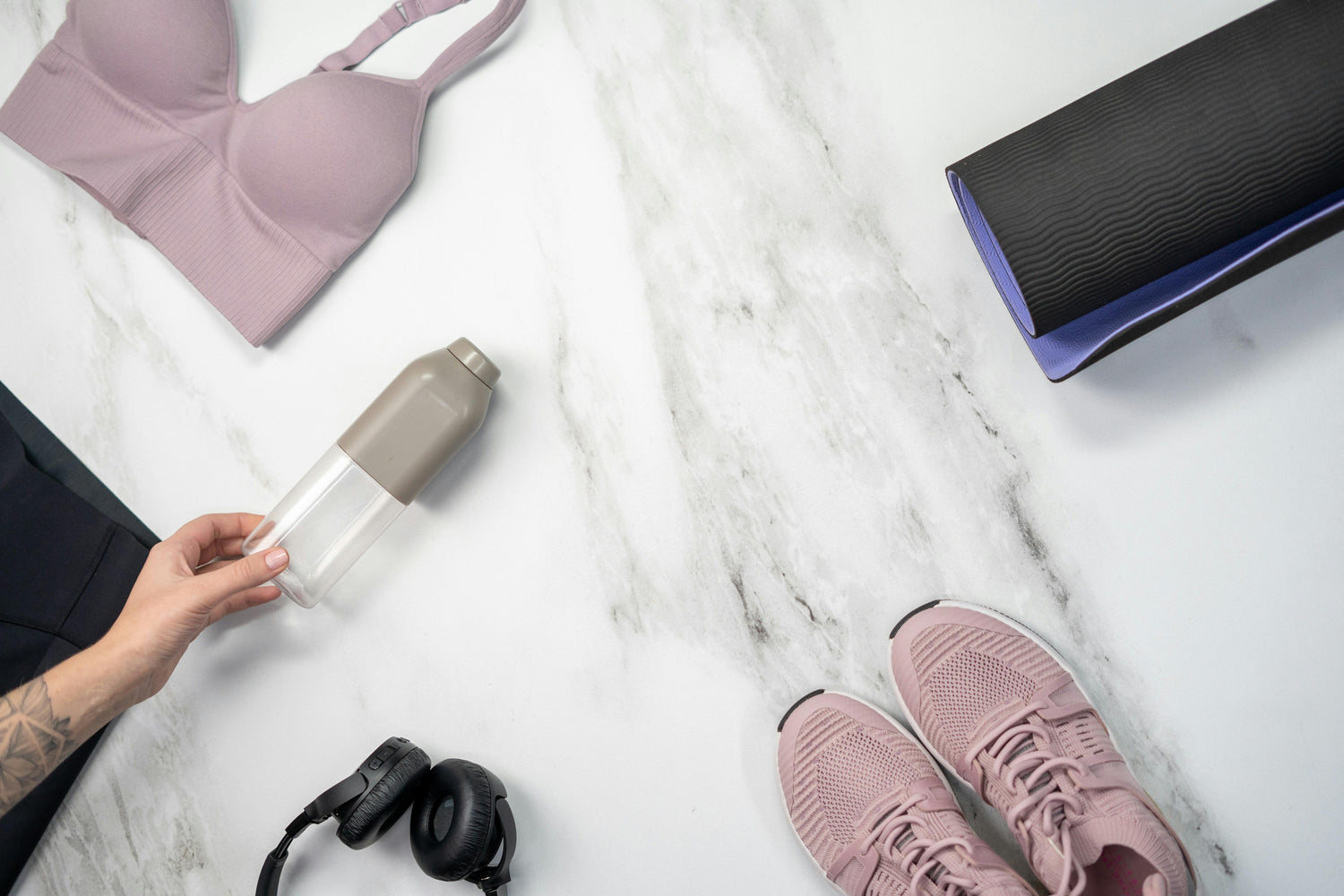
CHOOSE A YOGA MAT SOLELY FOR THE LOOK
It's tempting: you stumble upon a rug with a sublime pattern on Instagram, with a zen vibe and colors that perfectly match your water bottle or leggings. Result? You add it to your cart... without asking a single question about its technical characteristics . And yet, choosing your rug solely for its design is one of the most common mistakes—and the most frustrating!
Example #1 : Clara starts yoga and falls for a flowery mat she spotted in a lifestyle store. Light, thin, and beautifully rolled in its macramé mesh… Except that during the first Hatha class, she feels her knees scraping the floor. Too thin. Too stiff. And it's impossible to concentrate on the posture.
Example #2 : Mathieu practices dynamic yoga. He chooses a black and gold mat, visually very “studio.” But with each transition between downward dog and plank, his hands slip slightly. On the 4th slip, he loses confidence… and ends up putting his sneakers back on a more stable fitness mat.
Example #3 : Sarah wanted an Instagrammable mat for her morning routine videos. She chose one made of ultra-soft microfiber… but without grip. The slightest moisture makes the surface slippery, and she can no longer do Warrior II without adjusting her feet.
The right thing to do? Start by asking yourself the right questions:
– Do I sweat a lot?
– Am I looking for cushioning for my joints?
– Do I want to practice barefoot or in sneakers?
– Will I carry it often?
Once you have identified your needs, you can choose a mat that you like visually AND supports you technically . Today there are yoga mat both aesthetic, durable and high-performance.
At Yogaterrae, all our yoga mat are designed with this dual requirement: function and emotion . So that each practice is a pleasure, without compromise between beauty and efficiency.

NEGLECTING THE THICKNESS OF THE YOGA MAT AND ITS RELATIVE COMFORT
If you've ever had knee pain during a prolonged pose or felt every bump in the floor in Savasana... it's probably because your mat wasn't the right thickness . The thickness of a yoga mat is not a detail: it is an essential comfort criterion, which varies according to your practice, your morphology, your ground... and your sensitivity!
Example #1 : Camille practices Yin Yoga in her tiled living room. She chooses a 3mm designer mat, recommended for Vinyasa. Result? After 5 minutes in swan pose, her hips are begging her to change position. Too hard, not enough support to stay still at depth.
Example #2 : Alex, an Ashtanga Yoga practitioner, invests in a very soft 8mm “special comfort” mat. But from the very first balancing postures, he feels that his support is unstable. He wobbles in Warrior III and cannot hold the tree. The excessive thickness harms his stability .
Example #3 : Léa is new to yoga and thinks a thin mat is always more “pro.” But she feels pain in her wrists with every downward dog pose. In reality, she would have needed a 5mm mat to cushion the pressure while maintaining a good connection to the floor.
There is no universal ideal thickness . It all depends on:
– your yoga style (gentle or dynamic),
– your floor support (tiles, parquet, studio, nature),
– your need for joint comfort (knees, wrists, hips, etc.),
– your frequency of practice and transport (light or stable?).
In general :
- 1 to 2 mm : for travel mats (outdoor yoga or to take anywhere),
- 3 to 4 mm : for a fluid and dynamic practice such as Vinyasa, Power Yoga,
- 5 to 6 mm : perfect balance between comfort and stability (very popular)
- 7 mm and above : ideal for gentle yoga, meditation, Yin Yoga or sensitive joints.
At Yogaterrae, each yoga mat is designed to offer targeted comfort according to the practice , without compromising on quality. Because your mat is the living support of your sessions , summer and winter.
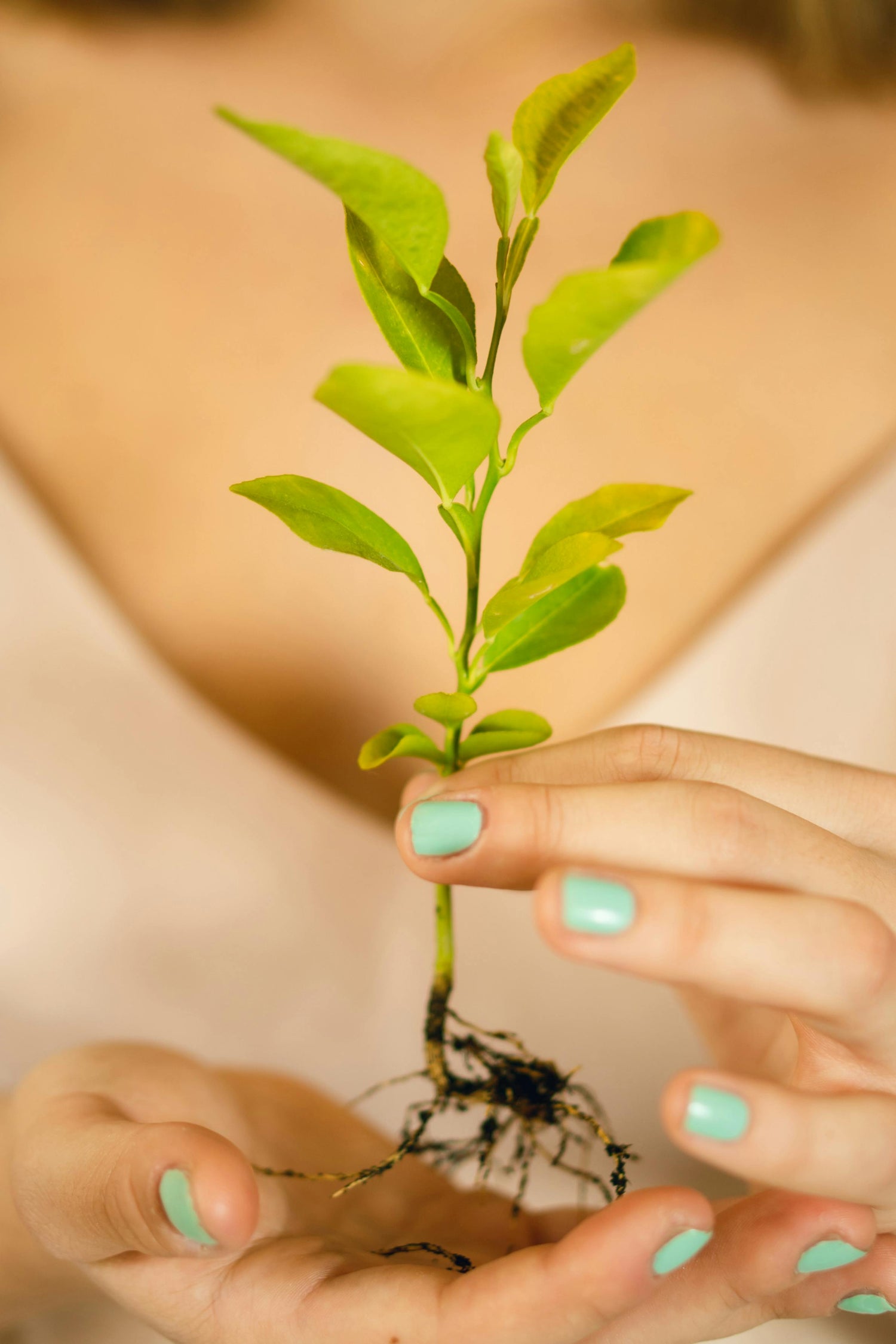
IGNORE THE MATERIALS USED TO MAKE A YOGA MAT
We let ourselves be seduced by a beautiful photo or an attractive price, without really looking at the material of the yoga mat . And yet, materials are at the heart of the practice experience: they influence grip , durability , comfort , smell ... and even environmental impact .
Example #1: Julie buys a PVC mat in a supermarket, attracted by its low price and lilac color. After two sessions, she notices that the surface is crumbling, that the chemical smell persists despite airing, and that her downward dog slips with each breath. She understands that the cheap material does not last over time... nor does it hold up in her posture.
Example #2: Nicolas, concerned about the environment, orders a so-called “ecological” rug that he spotted in an online advertisement. In reality, it's a mixture of synthetic foam and very thin cork glued together with heat. The cork peels off in the first few weeks, and the rug warps in the summer heat. The greenwashing leaves a bitter taste.
Example #3: Manon chooses a suede microfiber mat for its softness. She practices gentle yoga and loves the velvety feel under her feet. But during a Yin class, she has trouble holding certain poses still: the mat lacks grip when she's not sweating. On the contrary, it's during dynamic sessions—when she starts to sweat—that the grip becomes optimal . As a result, she reserves this mat for her more active flows, and sometimes adds a little water to the spray to boost grip at the beginning.
The right reflex? Understanding the specificities of the main yoga mat materials :
– PVC is often inexpensive, but slippery and not very environmentally friendly.
– TPE is lightweight, latex-free, but may lack density for some practices.
– Cork and natural rubber are durable, non-slip , but heavier.
– PU + rubber provides maximum grip , ideal for demanding yogis.
– Microfiber is soft, aesthetic, but less stable without perspiration.
At Yogaterrae , we have selected high-performance, environmentally friendly materials that have been tested in real-life conditions. You practice consciously on an eco-friendly yoga mat that respects your body and the planet.
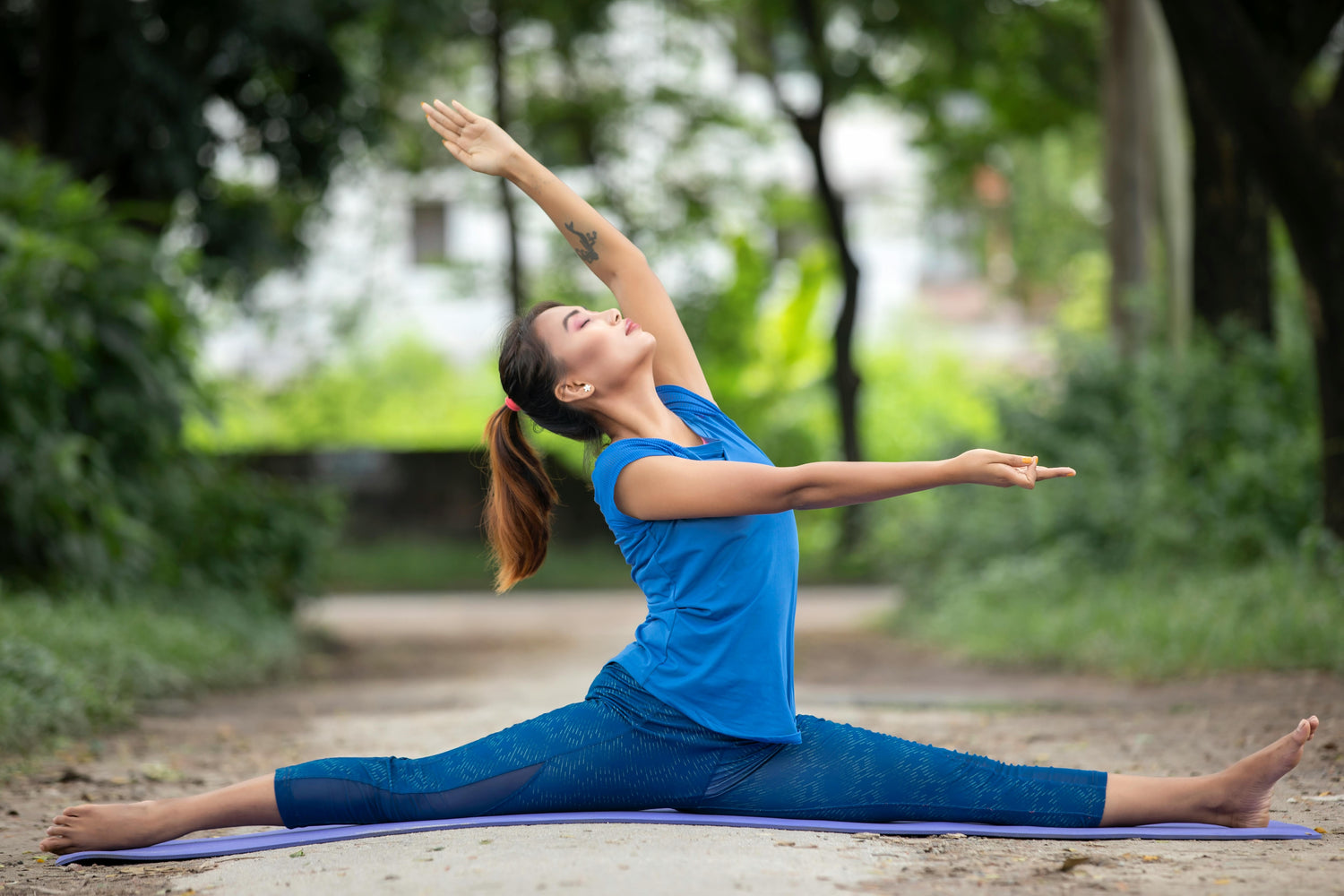
NOT MAINTAINING YOUR YOGA MAT REGULARLY
It's a mistake we all make at least once: putting our yoga mat in a corner after a session... and leaving it there for days, even weeks, without cleaning it. However, like any sports equipment, a mat accumulates perspiration , dust , bacteria , and even residue from cream or body oil. The result? The grip can deteriorate, stains appear, and odors set in.
Example #1: Julie practices Vinyasa Yoga every morning. She loves doing sun salutations on her natural rubber mat . But by rolling it up after each session without letting it dry, rings form... and a slight, lingering odor sets in. A simple mistake: not letting the mat breathe flat for a few minutes after the session.
Example #2: Kevin alternates between yoga and strength training. He uses his non-slip yoga mat for both. But between the sneakers, sweaty abs, and the dusty floor, his mat is slowly losing its original texture. When he tries to do downward dog, his hands slip. He realizes that a simple, gentle cleaning spray would have been enough to extend the life of his mat.
Example #3: Lila uses a cork mat for her Yin Yoga sessions. Cork is highly absorbent, but can turn black if not wiped properly. After a few weeks of not using it, she noticed dark marks in some areas. This is a shame, because this type of mat requires little maintenance... as long as it's done regularly.
The best thing to do? Clean your yoga mat once or twice a week with a soft cloth and a natural spray (water-based, white vinegar, and essential oils, for example). And always let it air out flat before rolling it up. Some materials, such as PU or cork, have their own maintenance rules: find out more depending on the type of mat you've chosen.
At Yogaterrae , we advise you to take care of your mat to extend its durability, but also to honor your practice. A clean mat means a smoother, more pleasant... and more serene practice.
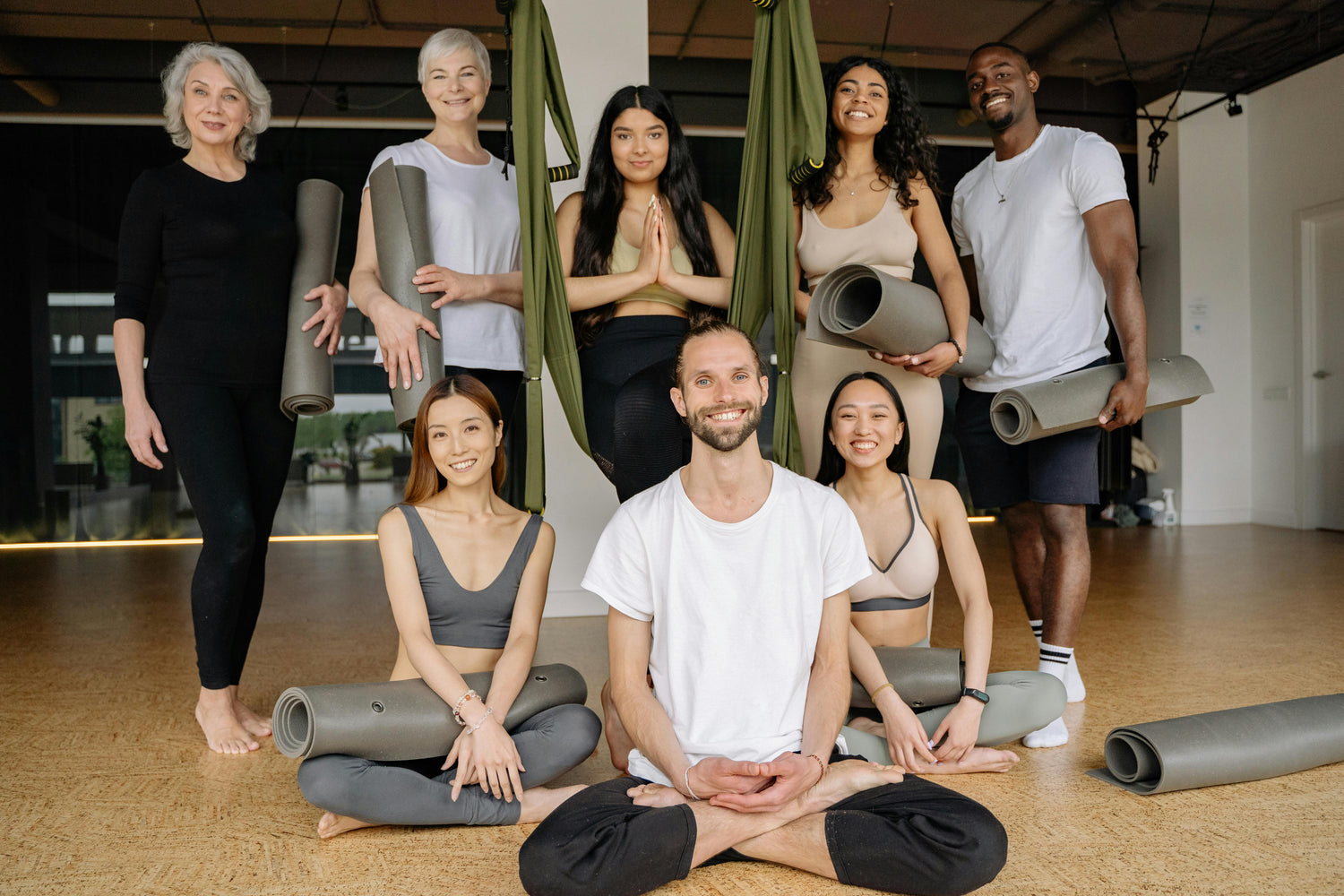
USING A YOGA MAT THAT IS NOT SUITABLE FOR YOUR YOGA STYLE
It's often overlooked, but not all yoga styles have the same requirements. A yoga mat suited to Yin yoga won't necessarily be suitable for a Power Yoga class. And vice versa. Yet, for the sake of simplicity or aesthetics, many people use the same mat for all their practices... at the risk of feeling uncomfortable or even injuring themselves.
Example #1: Léa loves Yin Yoga sessions. She likes to curl up in the postures for several minutes, on the floor. Her thin, dense mat, designed for stability, quickly becomes uncomfortable. Her hips and elbows remind her: without cushioning , she can't let go. She would have needed a thick, soft mat , ideal for static practices.
Example #2: Thierry practices Vinyasa and Ashtanga Yoga . He moves through dynamic postures with great fluidity. He uses a thick foam mat… which sinks under his hands with each downward dog. As a result, he loses balance, grounding, and tires more quickly. A thinner mat, with a non-slip , stable base, would have been much better suited to his practice.
Example #3: Emma is starting prenatal yoga classes. She's been recommended a standard mat, but she slips a little and doesn't feel confident in the opening poses. What does she need? A natural mat, with good grip, and gentle support for her sensitive joints.
The right thing to do? Adapt your choice of yoga mat to your practice:
– For gentle yoga (Yin, Nidra, Restorative): choose thick, soft mats .
– For dynamic yoga (Vinyasa, Power, Ashtanga): choose thin, dense and very non-slip mats .
– For specialized yoga (prenatal, children, yoga with sneakers): choose a stable, comfortable and easy-to-clean mat .
At Yogaterrae , each range of mats is designed to meet specific needs: softness, fluidity, stability or performance. Because a well-chosen mat is the assurance of a serene, free and safe practice.

Storing your yoga mat incorrectly or folding it incorrectly
A yoga mat is a practice companion. And like any good companion, it deserves a minimum of attention—especially when it's not in use. Yet, many practitioners quickly put it away after their session, without thinking. As a result, the mat becomes deformed, marked, damaged... and loses both comfort and effectiveness.
Example #1: Thomas has a natural rubber mat, which is ultra-efficient and eco-friendly. After each session, he folds it in four to slip it into a tote bag. After a few weeks, white creases appear and the surface begins to crack. Repeated folding has weakened the material, which is durable if well maintained.
Example #2: Julie rolls her mat, but always in the same direction, surface side out. As a result, the edges curl up at the start of each session. She spends 5 minutes flattening it with her hands or feet... which disrupts her anchoring and concentration. Simply reversing the rolling direction every two or three days would have avoided this problem.
Example #3: Maxime leaves his mat in his car, rolled up and stuck on the back shelf. In the summer, between UV rays and heat, the material becomes porous, the prints fade and the grip gradually disappears . yoga mat , even when robust, remains sensitive to heat, humidity or direct light.
The right reflexes?
– Always roll up your mat , surface facing inwards, unless otherwise instructed by the manufacturer.
– Alternate the direction of rolling to avoid shape memory.
– Avoid hot, humid or sunny areas for storage.
– Use a strap, bag or carrying net to protect it when traveling.
At Yogaterrae , our mats are designed to last, but their longevity also depends on your daily care . Storing your mat properly extends its life... and keeps the pleasure of practicing intact.
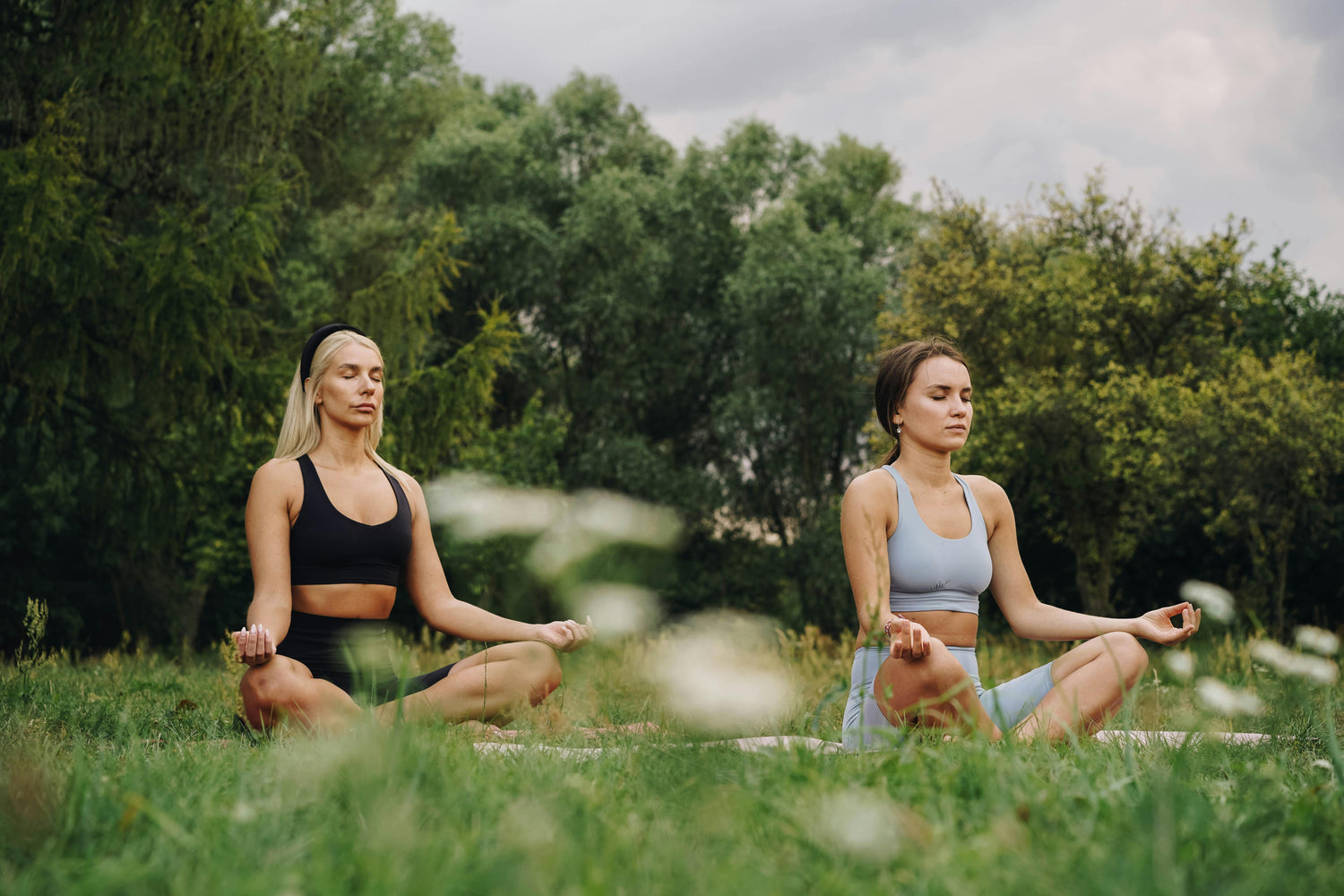
UNDERESTIMATING THE ECOLOGICAL IMPACT OF THE YOGA MAT
We don't always think about it, but our yoga mat can have a real impact on the planet. Synthetic materials, chemical processes, non-recycled end-of-life... Behind some cheap or overly "trendy" mats lie heavy ecological footprints . And in a practice focused on harmony, balance and awareness... it's a bit of a shame, isn't it?
Example #1: Léa orders a flashy PVC mat, spotted in a large sports store. Barely 2 months later, the coating starts to crumble, and she replaces it. But it's impossible to recycle, and it ends up in the trash. This type of plastic takes several hundred years to degrade.
Example #2: Hugo is taking a yoga class. He wants a lightweight mat to take everywhere, so he chooses a very thin foam model at a low price. The problem: it doesn't last, and he discovers afterward that it's made with petrochemical derivatives. Not really in line with his responsible consumption approach...
Example #3: Sophie, on the other hand, is looking for an alternative. She discovers natural rubber mats, cork -based blends, or even latex- and glue-free TPE models. She chooses an eco-designed, durable, and recyclable mat… and simply feels more in tune with her yoga.
The right reflexes?
– Read the technical data sheets : a 100% PVC or EVA mat may be inexpensive, but rarely eco-responsible.
– Favor materials such as natural rubber , cork , or recyclable TPE .
– Check the origin of the materials, the labels, and even the manufacturing conditions .
– Invest in a durable carpet, which avoids frequent renewal.
At Yogaterrae , we've chosen to offer only environmentally friendly yoga mat : no compromise between ethics, performance, and design. Because every action counts—and environmental awareness often begins... underfoot.
Thank you TINA for this post
Thank you for taking the time to read this guide — because a good one yoga mat , it is much more than an accessory: it is a traveling companion, an anchor, and sometimes… the starting point of real change.
Bio de TINA
-

TINA
1994, Reunion Island & Mauritius, a Life driven by the Indian Ocean and Yoga
Since childhood, this intrepid traveler has traveled the globe, leaving her footprints on beaches around the world.Passionate about surfing, scuba diving and sailing, she has made the ocean her playground and source of inspiration.
The freedom of the waves, the serenity of the ocean depths and the wind in his sails have punctuated his journey, always guided by a quest for connection with nature.
It was through her explorations that yoga became more than a practice for her – it was a way of life.
Between early morning surf sessions and meditative sunsets, she found in yoga a perfect balance of strength, flow and self-awareness.
Today, she combines her passion for water sports with teaching yoga and is part of the Yogaterrae team, here in France, in the South West and often remotely :)
This adventurer is a true source of inspiration for anyone who aspires to live in harmony with their body and nature.
Through her stories of incredible experiences, she invites everyone to open up to a world where every wave, every breath and every posture is a celebration of life.



